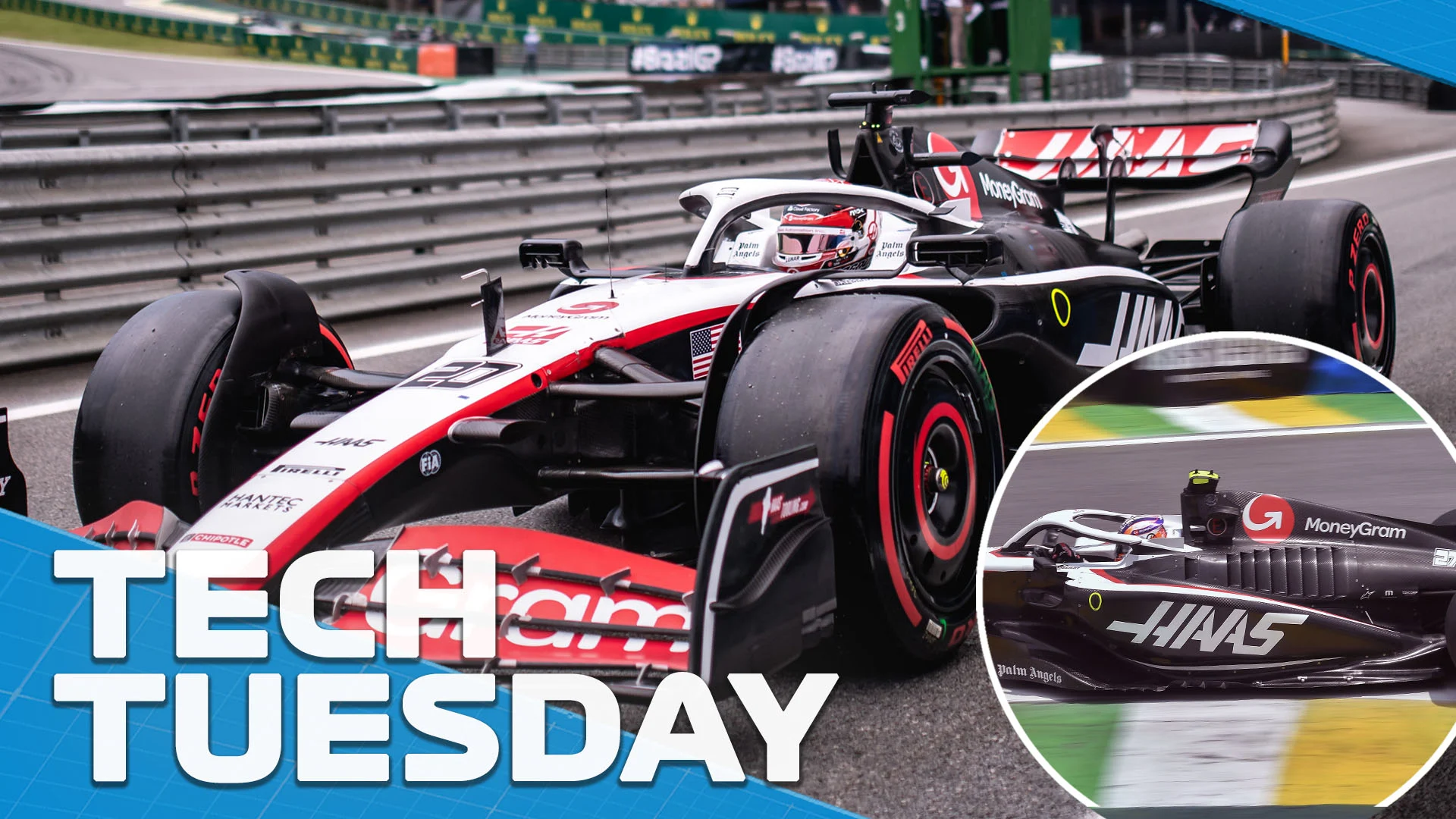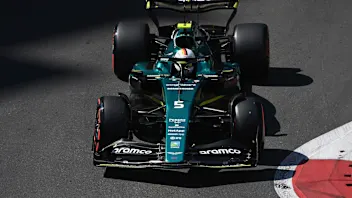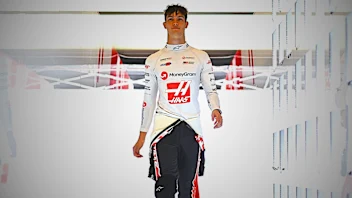TECH TUESDAY: Inside Haas's major upgrade and how it will help guide the development of next year's car


At this late stage of the season, and at the back of a long-haul triple header, it was not surprising that only one team had any sort of upgrade on its car in Brazil – and even that was just a minor change to the front wing flap of the Haas.
But at the beginning of that triple header sequence, in Austin, Haas presented its first major upgrade of the season. This was essentially a rebody of the VF-23, one which had involved substantial re-engineering of the car’s cooling system layout.
Next Up
Related Articles
 Marko ‘believed in me when others didn’t’ – Lindblad
Marko ‘believed in me when others didn’t’ – Lindblad ExclusiveHow Norris made his school teachers ‘enormously proud’
ExclusiveHow Norris made his school teachers ‘enormously proud’ 11 times F1 drivers took another driver’s car number
11 times F1 drivers took another driver’s car number Verstappen confirms new number for 2026 season
Verstappen confirms new number for 2026 season Stroll opens up on 'noise' that has followed him in F1
Stroll opens up on 'noise' that has followed him in F1 ExclusiveHow Bearman went from super-sub to star rookie in 2025
ExclusiveHow Bearman went from super-sub to star rookie in 2025
